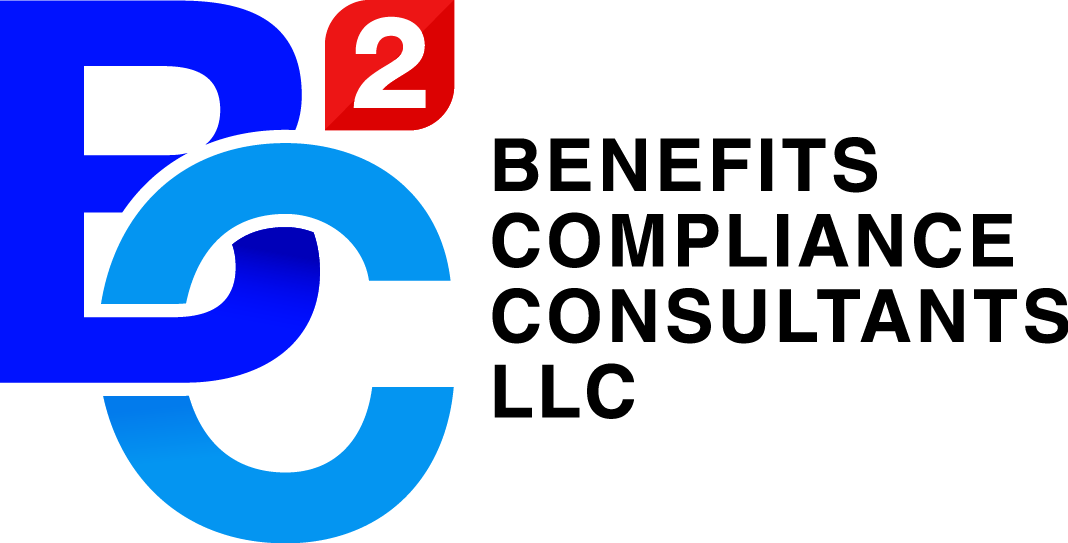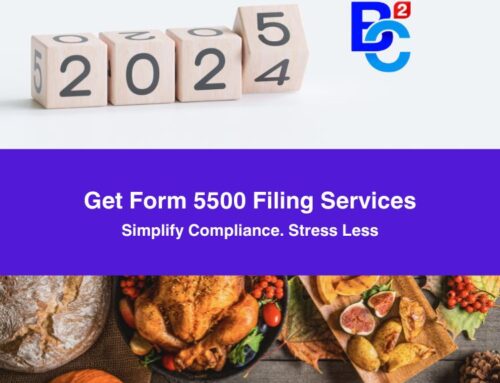You cannot browse social media, watch the nightly news or read your local newspaper without coming across something about the impact of the Affordable Care Act (ACA). And while the jury is still being decided on whether health care is more “affordable,” there’s no question that it’s becoming more complicated to be in compliance with health care laws.
This is where the Department of Labor (DOL) comes in. Their top expectation is that plan sponsors have proper documents that memorialize their intentions in writing. And they’re getting more aggressive at investigating employee benefit plans to confirm the most basic ERISA compliance requirements. If it’s important to the DOL, it needs to be important to you.
What are the ERISA requirements for plan documentation?
Simply put, ERISA requires that all employee benefit plans must have a written plan document. This requirement applies to all plans, regardless of their size or the size of the sponsoring employer. If you sponsor an employee benefit plan, you must have a plan document. And it must comply with ERISA requirements. Period.
Additionally, it requires that the written plan document must contain specific, express provisions. That means, it matters what your document says and, to a certain extent, how you say it.
And, finally, ERISA requires that a summary of the more important plan provisions, called a Summary Plan Description (SPD for short) must be furnished to all plan participants. The SPD must be written so that the average participant can understand it.
All of these rules are specific and clear under ERISA. However, compliance isn’t always so simple, right?
What, exactly, is a wrap plan document?
A wrap plan document is a legal document that “wraps” together, or combines, all welfare benefit plan arrangements and/or group insurance policies and contracts and creates a single plan.
Is it required? No. Not yet, at least. Is it recommended? Highly. Why? Read on.
Why do we need a wrap plan document?
If a sponsoring employer (referred to as Plan Sponsors) is simply looking to their insurance policies or contracts to function as their plan documents, that’s not enough. That’s because insurance contracts and policies are almost always incomplete around specific operational details required by ERISA. This leaves the door open to unforeseen legal and audit risks.
Why are the insurance contracts incomplete? Because group insurance contracts are written to cover the legal needs of the insurance carrier; that is, group insurance contracts are written to comply with state insurance laws, and not to satisfy the requirements of ERISA or provide legal protection to the Plan Sponsor.
This certainly creates an issue for Plan Sponsors. If the contract is incomplete as an ERISA compliant plan document, it begs the question, “How do I make sure that my contract is compliant with ERISA requirements?” And the best answer is: Adopt a wrap plan document.
How does it work?
A wrap plan document incorporates the existing welfare benefit plans by reference. This means the specific provisions of each underlying plan remain in the separate contracts or policies. Those plan-specific provisions are not addressed or listed in the wrap plan document. Rather, the wrap plan document supplements any missing, or lacking, information in the insurance contracts or certificates. Together, the wrap plan document and the separate contracts & policies comprise a complete plan document in order to fully comply with ERISA.
Everything works together to reduce risk. A true collaboration.
So remember that concept…incorporation by reference…it’s the golden ticket. The key. The tick of the clock. It’s what makes this whole concept work. And remain fairly simple.
Are there other benefits?
Absolutely! A compliant SPD is easily created from the wrap plan document.
As you might expect, SPD compliance has the same challenges as plan document compliance if the sponsoring employer relies on the insurance carrier materials (booklets, summaries, or certificates) to function as the SPD for the plan.
More often than not, the insurance carrier materials are not easily understood by the average participant, as they are often quite comprehensive. They also may not include specific employer information, as required by ERISA.
Accordingly, a “wrap SPD” will supplement those carrier materials that are furnished to participants with any information that is missing or lacking, just like the wrap plan document supplements the contracts or policies. It’s another marriage. Another collaboration.
And the DOL cares a lot about what you are communicating to participants, how you are communicating it, and if it complies with the requirements. SPD compliance is extremely important. And a wrap plan document really facilitates SPD compliance.
Any more benefits?
Of course! And it’s a big one for plans that cover 100 or more employees. It’s the proverbial icing on the cake
By adopting a wrap plan document to simplify ERISA’s reporting requirements, you’ll also be able to consolidate multiple Form 5500 filing requirements into one single Form 5500 filing requirement. And the bonus here is that it reduces form preparation expenses and eliminates multiple filing deadlines.
I like to say that a wrap plan document “dots the I’s & crosses the T’s of an employer’s welfare benefit plans. It’s like that last piece of a really great puzzle.
For a benefits consultant like us, it’s one of the most important, and best, pieces of a really cool puzzle…the ERISA compliance puzzle, that is.





